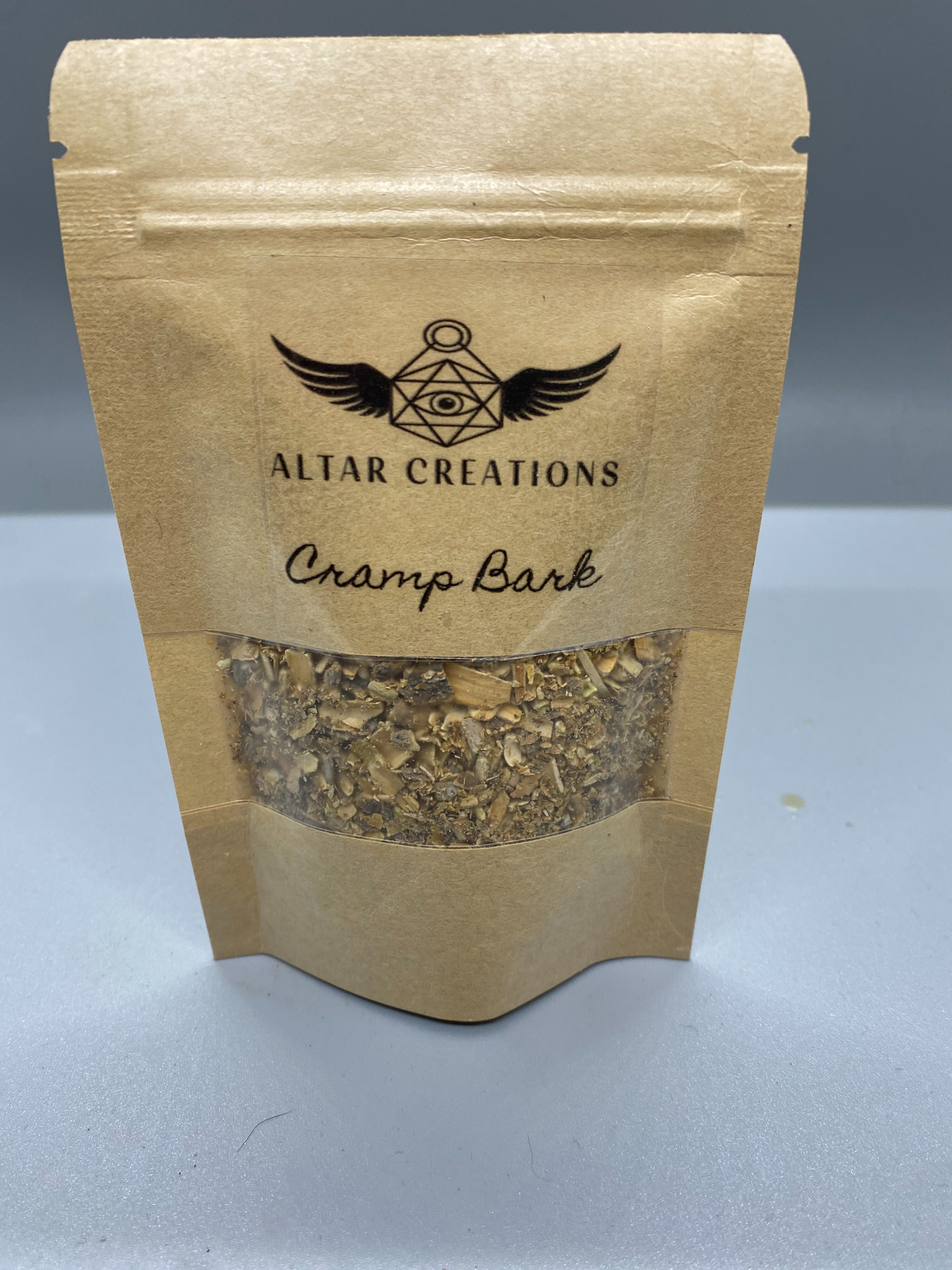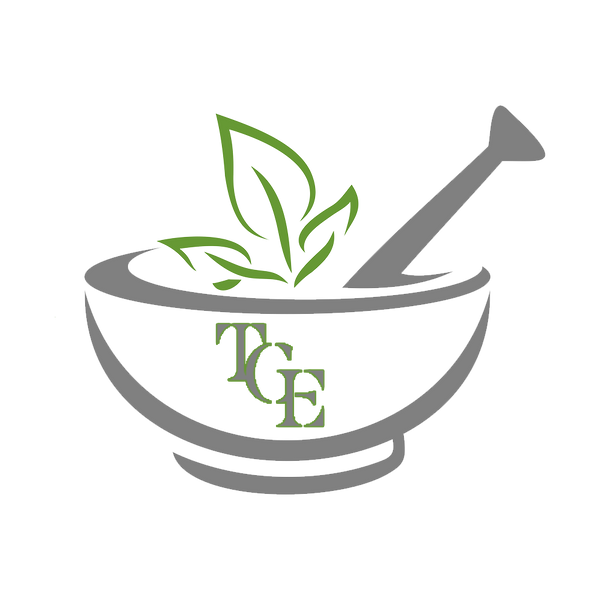The Columbian Exchange Group
Herb | Cramp Bark
Herb | Cramp Bark
Couldn't load pickup availability
.5 - .7 oz. Dried Herb
Cramp Bark Medicinal Uses
Muscle cramping and spasm, and muscle tension. In addition, menstrual cramps, post-labor contractions, and migraine. Asthma, arthritis, poor circulation, and irritable bowel syndrome. Moreover, back pain, urinary frequency and infections, and high blood pressure.
Dosing: for cramp bark medicinal use, as a decoction, 1/2 cup every three hours. On the other hand, a tincture is effective, (use one gram per one cup of water) 1/2 teaspoon – dilute with water twice a day. Likewise, use a balm or lotion on areas of muscle tension or pain.
Use in Pregnancy: yes, some use if there is a threat of miscarriage.
Side effects and drug interactions: don’t take more than a therapeutic amount as this reduces the efficacy of the herb. Most importantly, don’t eat the fruits and leaves of the shrub.
More: Laboratory studies show cramp bark is relaxing on uterine tissue. It is considered anti-spasmodic, astringent, nerving, carminative, and anti-inflammatory. However, it is sometimes confused with black haw, which has many similar properties. Its use is found on old literature. For instance, Chaucer makes mention of “gaitre-beries” in his writing, which is the cramp bark shrub. In the same family as the elder tree.
Magical Properties
This feminine plant associates with Saturn and the element of water. Also associated with the astrological sign of Capricorn. There isn’t much folklore surrounding cramp bark, what few references there are refer to women’s magic and protection.
Share


